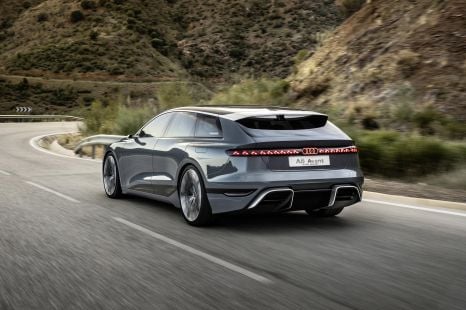

Derek Fung
Electric Audi RS6 e-tron high performance wagon cancelled - report
11 Minutes Ago

News Editor
You needn’t look any further than MG to see how a Chinese brand can make serious inroads in the Australian market.
With a mix of keen pricing and modern styling, MG continues to rise up the sales charts. In May it clocked in as Australia’s 17th best-selling brand, above stalwarts like Renault, Jeep and Lexus and was one of the few brands to actually grow its sales in a shocking month for the industry.
Could it pose a serious threat to established Japanese and Korean brands someday? It’s entirely possible. It mightn’t be the only one, as fellow Chinese brands LDV and Haval steadily grow.
Not all Chinese products have been quite as well received as the MG 3 and ZS, however. Here are a few that flopped.

The first Chinese car to reach the Australian market didn’t wear a Chinese name. Instead, it wore Volkswagen badges.
Volkswagen has dominated the Chinese market for years, being the second foreign automaker to establish a joint venture in China all the way back in 1984.
For some reason, Volkswagen decided to export a sedan version of its Polo light car from China in 2004, the first major export of a Chinese-built car to a Western market, and the first Chinese-built right-hand drive car.
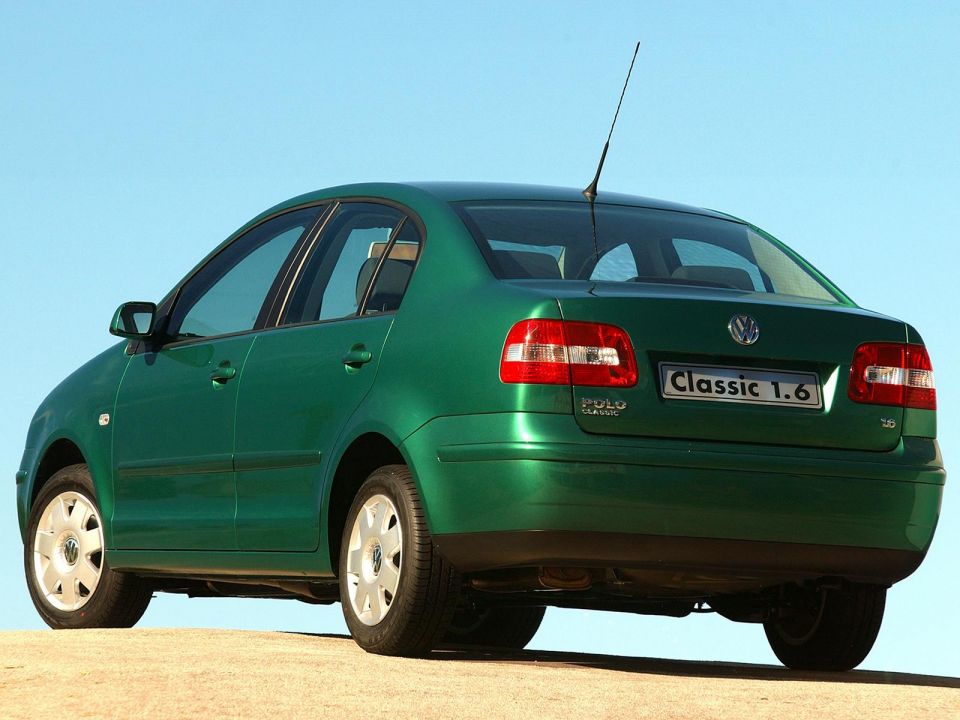
Contemporary reviews found the build quality to be good, which was fortunate as it was narrowly the most expensive Polo in the 2004 Polo range. But it was offered only with a five-speed manual transmission and, besides, the last sedan to sell well in the light car segment was the ‘bubble’ Mazda 121.
Though Volkswagen said it planned to bring more Chinese-built cars to Australia, the Polo Classic was quietly dropped after its second model year and no more Chinese Volkswagens ever made the trip.
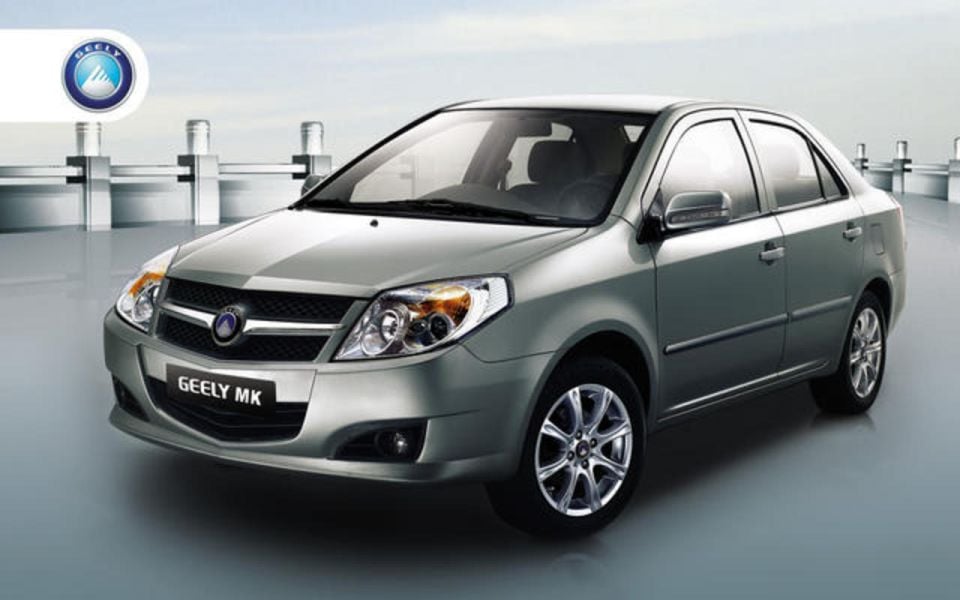
Today, Geely enjoys the prestige of owning celebrated brands like Volvo and Lotus. Ten years ago, it was a large Chinese automaker with virtually no global footprint.
Along came John Hughes, who helped bring Hyundai to Australia and went on to become one of that brand’s most prolific dealers here. In 2009, he announced he would introduce Geely to Australia as an upstart budget brand, with the first model to be the Toyota Yaris-sized MK sedan and hatch.
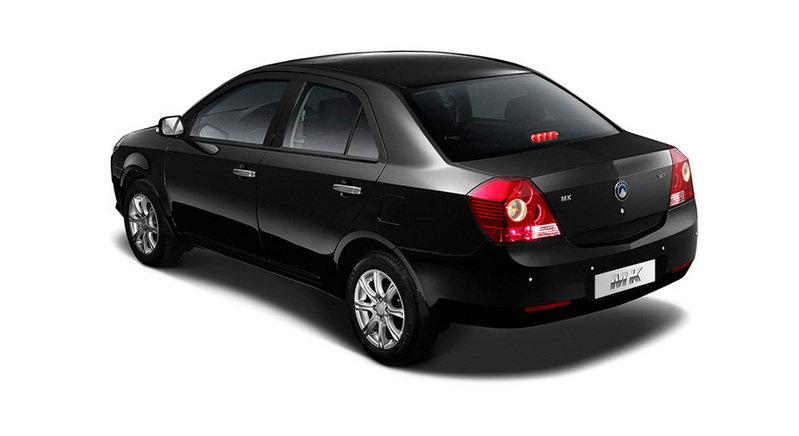
He did bring the MK here… but only to Western Australia. Plans to expand to other states were delayed so new Geely dealers wouldn’t have just a lone model to sell, with plans to bring over the LC Panda micro car, small EC7 and EX7 mid-size SUV in 2011.
Meanwhile, Chery launched at the same time and went national with its range of three vehicles.
The MK was immediately imperiled. It launched shortly before a new Australian Design Rule mandating electronic stability control, a feature it didn’t have. As an existing product, it was safe until 2013 (except in Victoria) but Hughes said this particular generation of MK would never get it. Accordingly, it stayed in the Golden State.
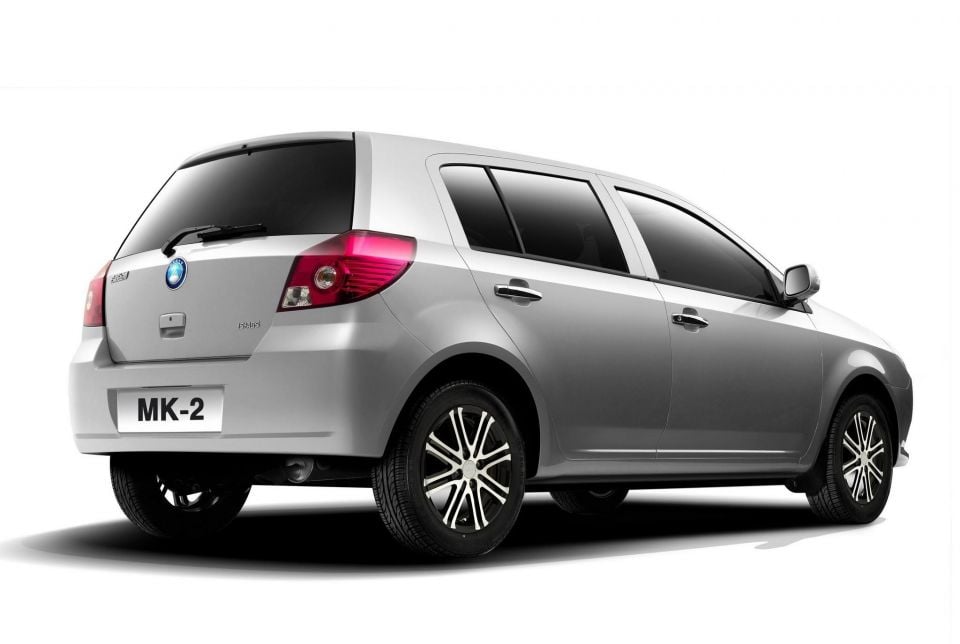
The MK was also handicapped by its lack of an automatic transmission. Instead, its naturally-aspirated 1.5-litre four-cylinder engine (69kW/128Nm) was mated solely to a five-speed manual.
It subsequently got swept up in the asbestos recall that plagued Great Wall Motors and Chery, with the banned substance found in the engine gaskets.
By some strange quirk, Geely continued manufacturing MKs until at least 2014 that were titled as model year 2011 models.
It also slashed the base price to just $8999 drive-away, undercutting even the Chery J1. But by then, the Geely adventure had proved to be more the second coming of FSM than the second coming of Hyundai, and the MK was quietly withdrawn from the Australian market.
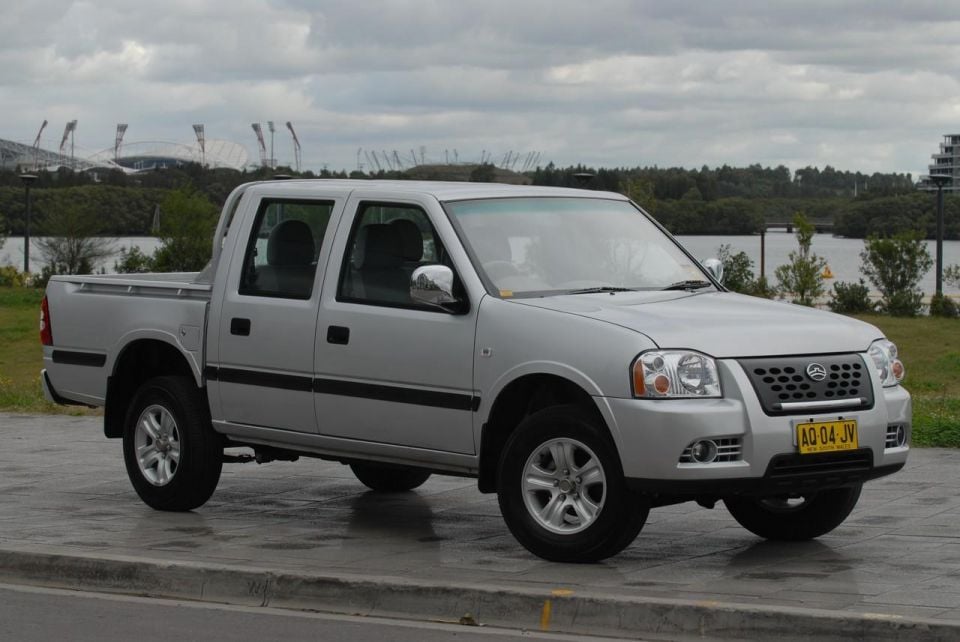
While Chery floundered and Geely fizzled, Great Wall Motors enjoyed modest success in its early years in Australia.
Great Wall Motors was the first Chinese brand to enter the Aussie market back in 2009. Distributor Ateco wisely chose to bring an attractive, keenly-priced SUV (the X240) and, crucially, two utes – something existing budget brands like Kia couldn’t boast.
The Great Wall Wingle was sold here as the V240, as either a two-door cab-chassis or a dual-cab ute. Its predecessor, the Sailor, was sold here as the SA220 and only as a 4×2 dual-cab.
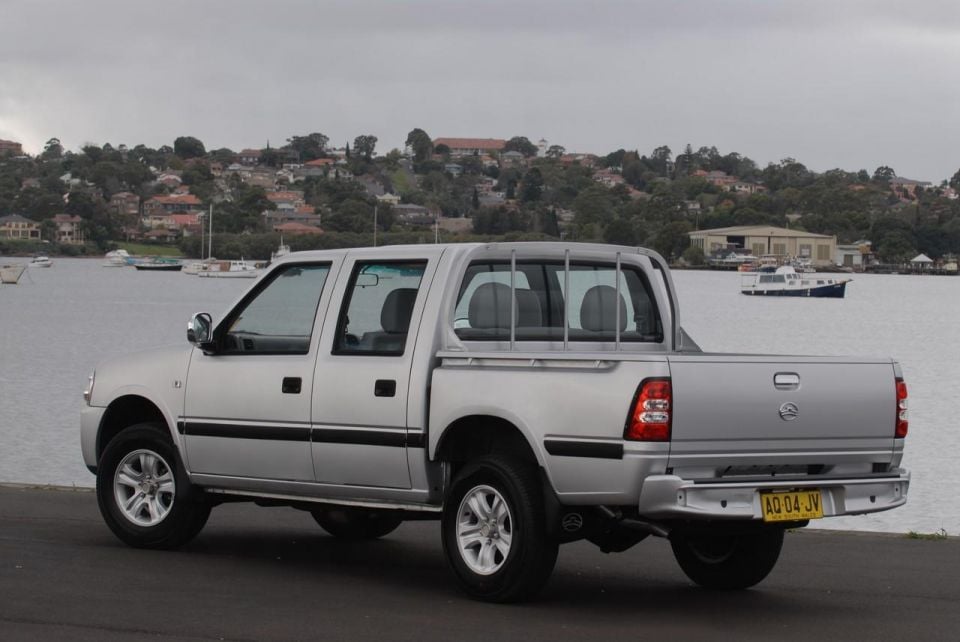
The SA220 was a Holden Rodeo/Isuzu Faster built under licence with a Nissan Navara-esque nose grafted on. It was available only with a naturally-aspirated 2.2-litre petrol four-cylinder engine (78kW/190Nm) mated to a five-speed manual transmission.
It had a low, low price of $19,990, but lacked anti-lock brakes or a passenger airbag.
A two-star ANCAP rating was nothing to crow about, either. Buyers might’ve wanted a cheap dual-cab ute but they didn’t want one quite this cheap, and so Great Wall discontinued the SA220 in 2010 to focus on the more popular V240. Just 576 were sold.

Foton first started selling trucks in Australia, before entering the light commercial vehicle market in 2014 with the Tunland ute. Though it was showing signs of growth, distributor Ateco dropped the brand in 2017.
Before being dropped, Ateco briefly imported the View cargo and passenger vans. If the View looks like a Toyota HiAce, that’s because it was a HiAce built under licence by Foton.
Unlike the Toyota, it used a Cummins 2.8-litre turbo-diesel four-cylinder engine (105kW/320Nm) mated to a five-speed manual transmission.
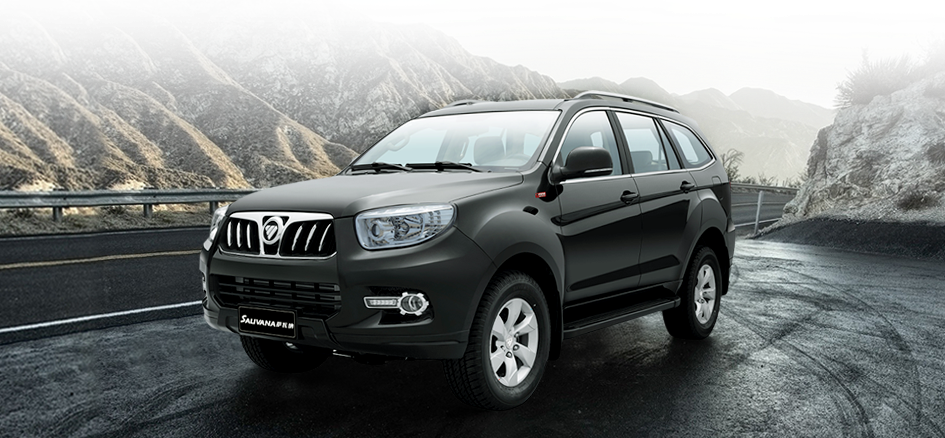
After being dropped by Ateco, Foton announced it was rebooting its Australian operation and expanding its range, including relaunching the View. A new product was the Sauvana, the brand’s first SUV, which shared the same ladder-frame chassis as the Tunland. Think of it as Foton’s rival for the Toyota Fortuner, albeit with a base price under $40,000.
The strangely-named seven-seater SUV also uses the same Cummins 2.8-litre turbo-diesel four-cylinder engine as the Tunland. It appears we received just one tune, producing 130kW of power and 365Nm of torque and mated to a ZF-sourced six-speed automatic transmission.
Without the support of Ateco, Foton’s presence in Australia has receded. You’ll find the Sauvana on its website and some used Sauvanas and Views on classifieds site. However, it’s unclear how many of each model made it into Australia as there was no VFACTS reporting.
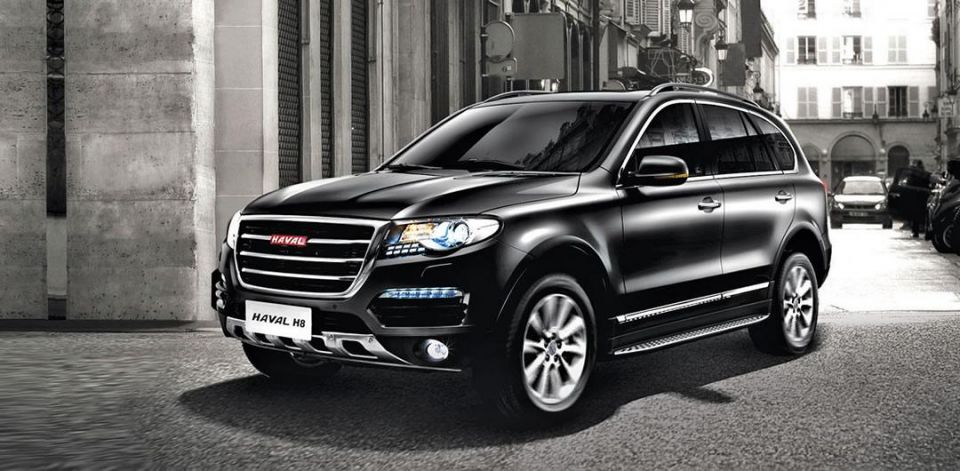
Great Wall Motors’s SUV brand, Haval, hasn’t taken the Australian market by storm quite like MG. Nevertheless, it’s made incremental gains since its launch in 2016.
While today it offers the same small H2, mid-size H6 and large H9 introduced that year, one product has been quietly retired: the large, five-seater H8 SUV.
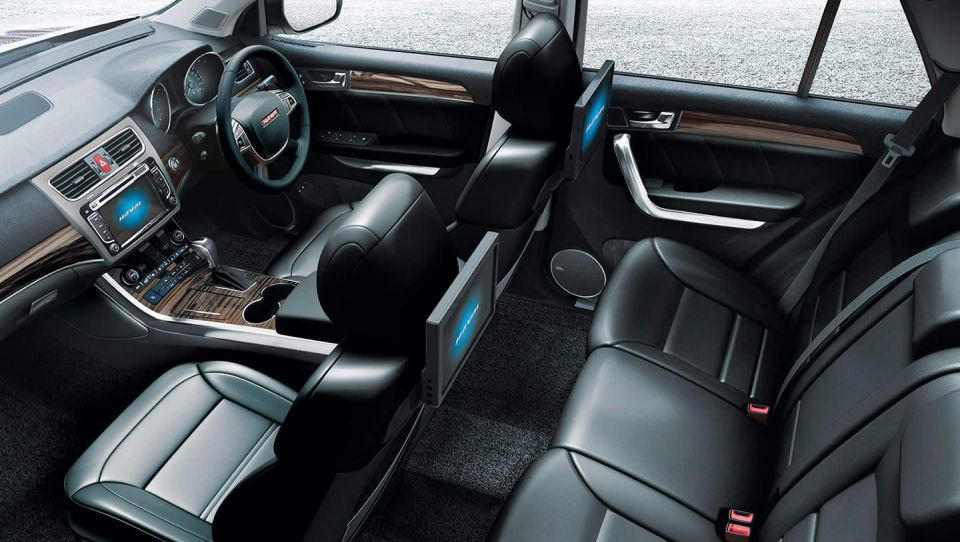
In contrast to the slightly more expensive, body-on-frame H9, the H8 was a front- or all-wheel drive SUV with unibody construction.
It did, however, use the same turbocharged 2.0-litre four-cylinder petrol engine as its H9 stablemate.
Producing 160kW of power and 324Nm of torque, the small four had its work cut out for it hauling almost 2200kg of Ford Territory-sized SUV. Speaking of the venerable Ford, the H8 actually cost $5000 more than the base trim of Australia’s SUV.
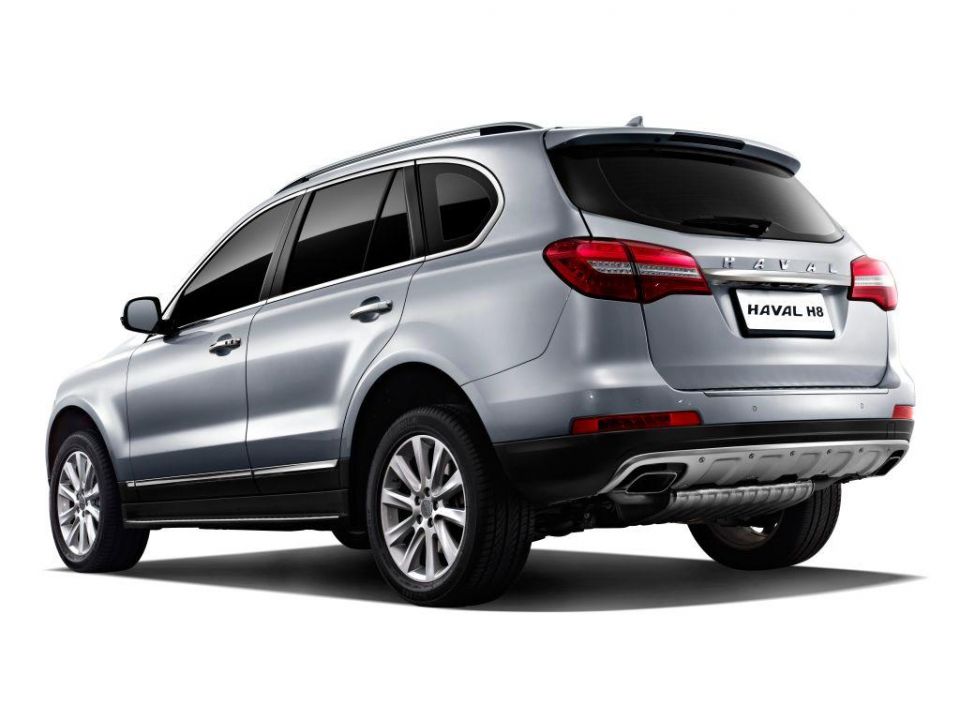
While it naturally came loaded with kit – it could even be optioned with massaging seats and active bending headlights – the H8 had a lofty price for a car from an unknown brand in a competitive segment full of established rivals.
Before long, the H8 received a price adjustment, as did most of the Haval range. Nevertheless, the smaller H6 was outselling it by six-to-one and even the pricier H9 was edging ahead so Haval pulled the plug in 2018. Just 114 were sold over three years.
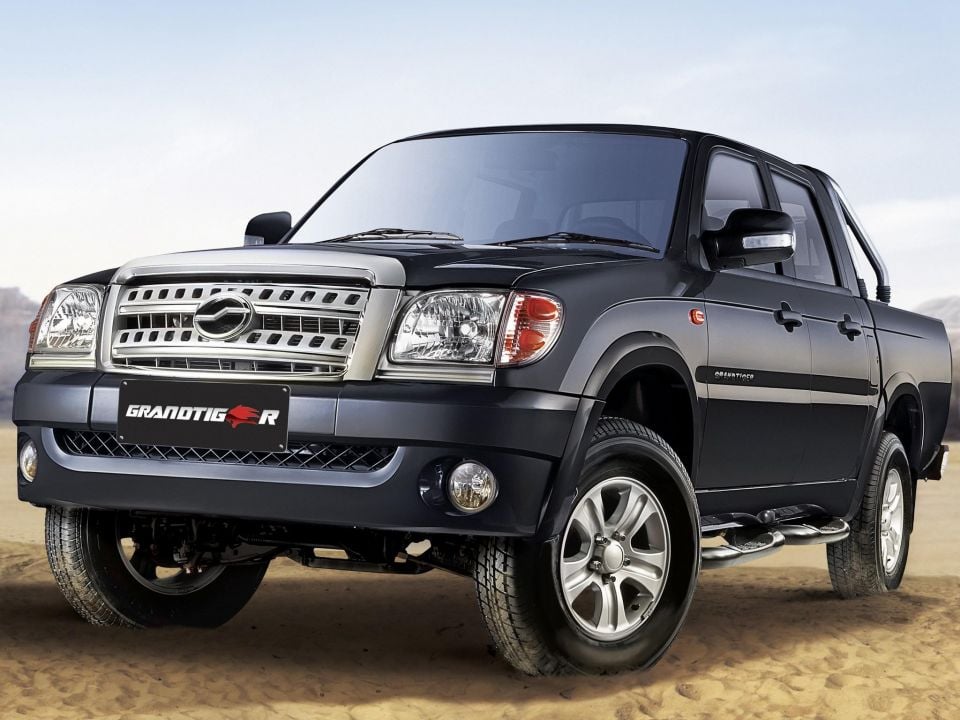
Great Wall may have been the first Chinese company to enter the Australian ute market but it definitely wasn’t the last.
The first competition came from ZX Auto, another brainstorm by Western Australian dealer extraordinaire John Hughes. Typically, Chinese cars ditch their eccentric domestic names in the Australian market — that’s why we didn’t have the Great Wall Wingle or Chery Tiggo.
Not so the ZX Auto GrandTiger, introduced here in 2012 as a rival to the Great Wall V-Series ute.
The ZX Auto brand – known back in China as Zhongxing Auto – was introduced in Hughes’s homeland of Western Australia, with the GrandTiger offering a choice of single cab or dual cab, cab chassis or ute, and 4×2 or 4×4. All that was missing was an automatic transmission.
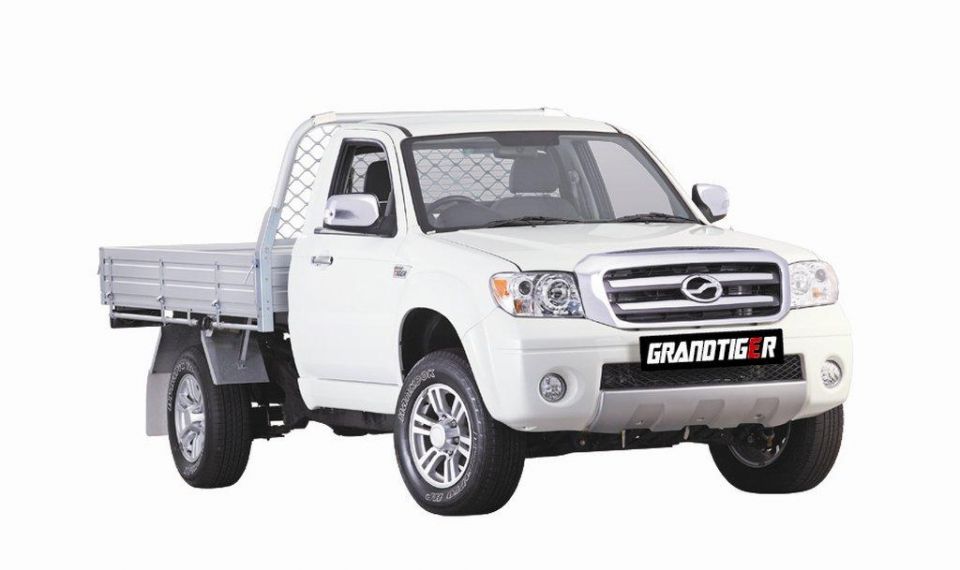
It used the same Mitsubishi 2.4-litre petrol four-cylinder engine and five-speed manual transmission as the Great Wall V240, producing 100kW of power and 200Nm of torque. It was shortly followed by a Toyota-derived 2.5-litre turbo-diesel four with 95kW of power and 316Nm of torque.
The GrandTiger proved to be a paper tiger, never posing a significant threat to Thai-built utes, let alone Great Wall. With ZX Auto ending right-hand drive production, the GrandTiger disappeared from the market in 2015.
Hughes did finally get his hands on the distribution rights for a successful Chinese brand, however: he now sells MGs in Western Australia.

As Great Wall and ZX Auto faded, JMC entered the market in 2015 with its Vigus dual-cab ute, known as the Yuhu in China.
Like the first products from its rival ute-makers, the standard engine at first was a Mitsubishi 2.4-litre four-cylinder petrol mill. In the Vigus, it produced 100kW of power and 201Nm of torque.
Optional was a 2.4-litre turbo-diesel four-cylinder from Ford with 90kW of power and 290Nm of torque.
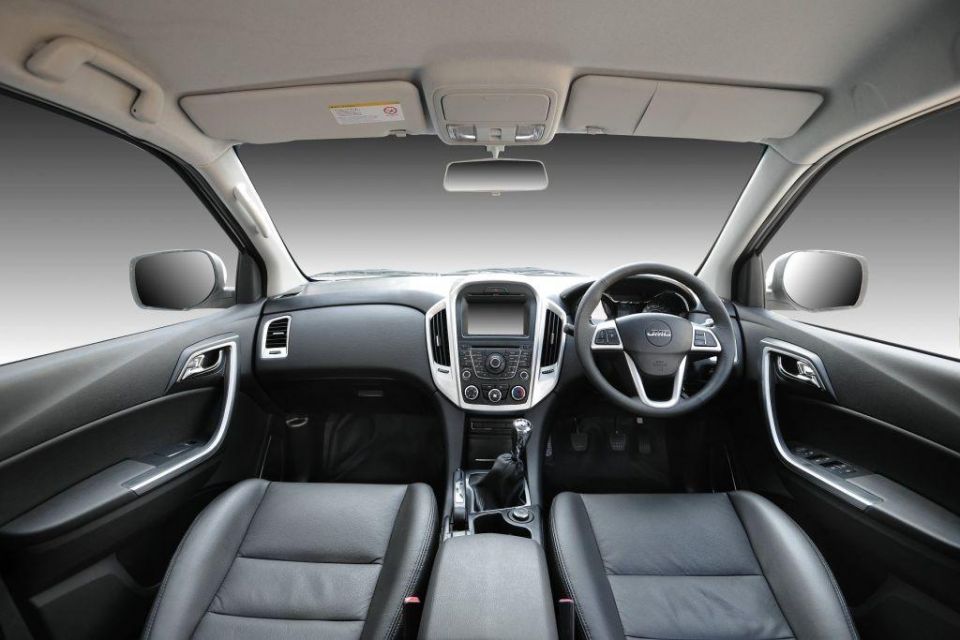
The latest Chinese ute was best distinguished through its Opel-esque (Opelescent?) interior design and its available 2.0-litre turbocharged four-cylinder petrol engine, highly unusual for such a diesel-dominated segment.
Available in 4×2 models, the petrol mill was a licensed version of Ford’s EcoBoost four and produced 149kW of power and 325Nm of torque. This wasn’t a case of ripping off a foreign automaker, either, as Ford first acquired an equity stake in JMC’s parent Jiangling in 1995 and today owns around a third of the company.
At least half a dozen dealerships signed on to sell JMC utes but the company withdrew from the Australian market in 2018 after slow sales due to poor name recognition and the lack of an automatic transmission. How many sales isn’t clear as the figures weren’t reported by VFACTS.
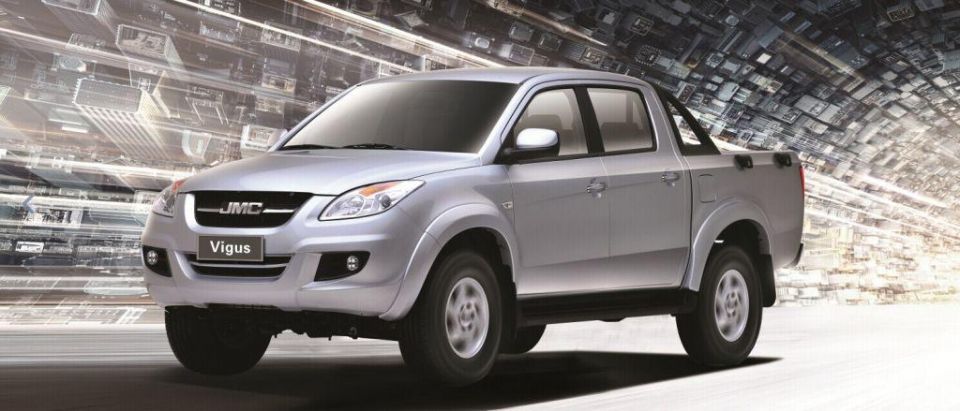
Many Chinese brands entered Australia with only one product: a ute. Despite undercutting established rivals on price and despite Australians’ voracious appetite for utes, none of these products achieved any success, while also facing competition from Indian-built utes from Mahindra and Tata.
With the great asbestos recall still fresh in some minds plus a general distrust of Chinese-made vehicles, Chinese automakers have to try even harder if they hope to succeed here.
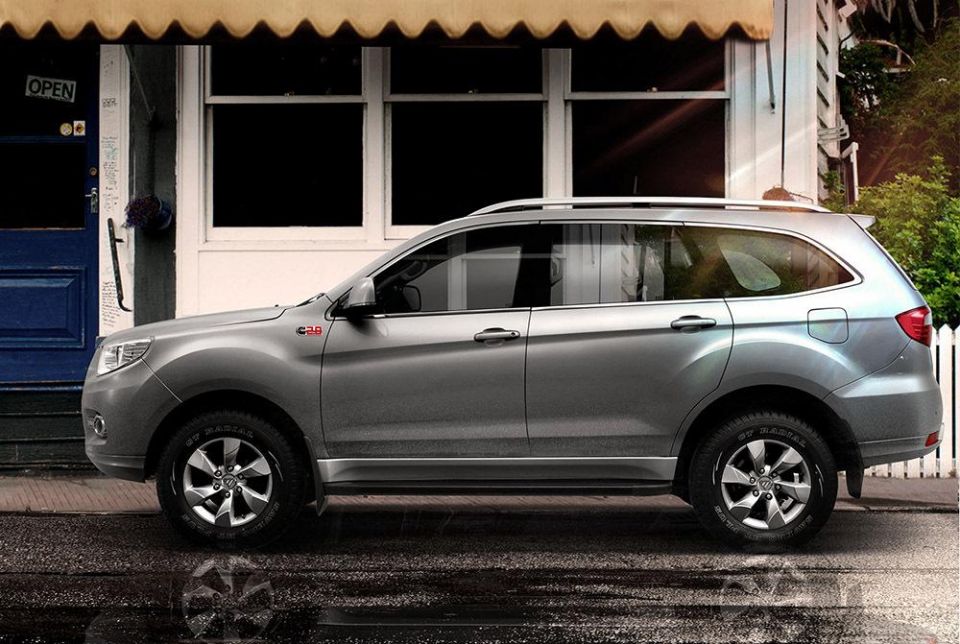
Chinese companies have proven to be capable of sourcing the right designers and engineers and the right components.
They’ve already come a long way in 10 years. Let’s see where they go in another 10.
Where expert car reviews meet expert car buying – CarExpert gives you trusted advice, personalised service and real savings on your next new car.
William Stopford is an automotive journalist with a passion for mainstream cars, automotive history and overseas auto markets.


Derek Fung
11 Minutes Ago


Alborz Fallah
11 Minutes Ago
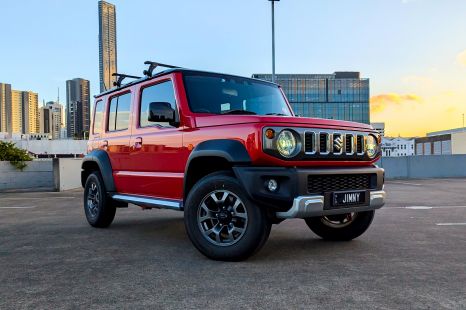

William Stopford
7 Hours Ago
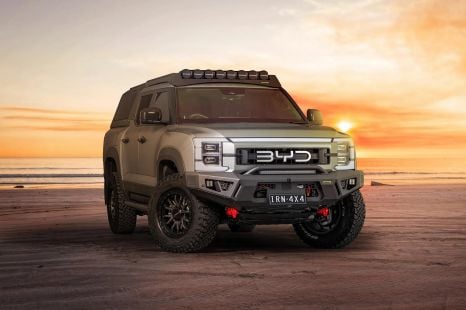

William Stopford
15 Hours Ago
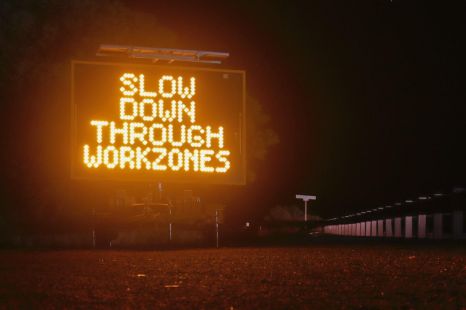

Ben Zachariah
18 Hours Ago
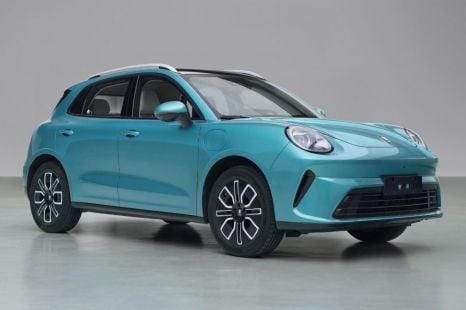

William Stopford
18 Hours Ago